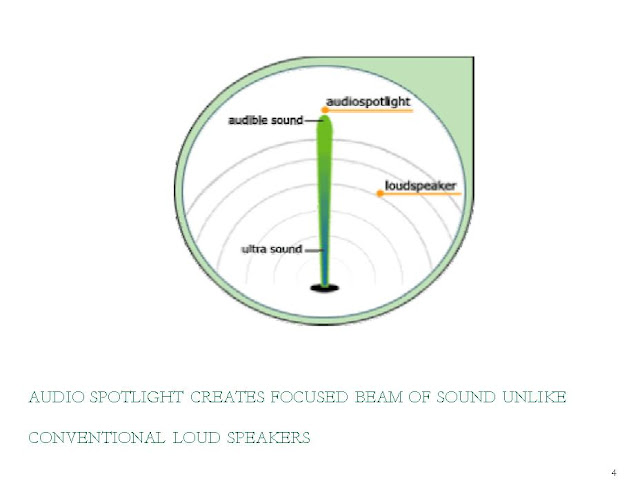Timer operation using 555 IC
Timer operation using 555 IC
10.1. Introduction
One of the most versatile linear integrated circuits is the 555 timer. The 555 is a monolithic timing circuit that can produce accurate and highly stable time delays or oscillation. The timer basically operates in one of the two modes: either as a mono-stable multivibrator or an astable multivibrator. The device is available as an 8-pin metal can, an 8-pin mini DIP or a 14-pin DIP.
FEATURES:
1. It operates on +5V to +18V supply voltage in both free running and monostable modes
2. It has an adjustable duty cycle; timing is from microsecond through hours.
3. It has a high current output; it can source or sink 200mA
4. The output can drive TTL and has a temperature stability of 50 parts per million per degree Celsius change in temperature.
5. Like general-purpose op-amps, the 555 timer is reliable ,easy to use and low cost.
10.2. Pin Descriptions
The 555 timer IC can be used as a monostable multivibrator, an astable multivibrator. It is an 8-pin IC, its pin description is given below.
Pin 1 Ground: All voltages are measured with respect to this terminal.
Pin 2 Triggered: The output of the timer depends on the amplitude of the external trigger pulse applied to this pin.
Pin3 Output: There are two ways a load can be connected to the output terminal: either between pin3 and ground or between pin3 and Vcc.
Pin4 Reset: The 555timer can be reset (disabled) by applying a negative pulse to this Pin.
Pin5 Control Voltage: An external voltage applied to this terminal changes the threshold as well as the trigger voltage.
Pin6 Threshold: This is the non inverting terminal of comparator 1, which monitors the voltage across external capacitor.
Pin7 Discharge: This pin is connected internally to the collector of the transistor Q1.
Pin8 +Vcc: The supply voltage of +5v to +18v is applied to this pin with respect to ground.



Comments